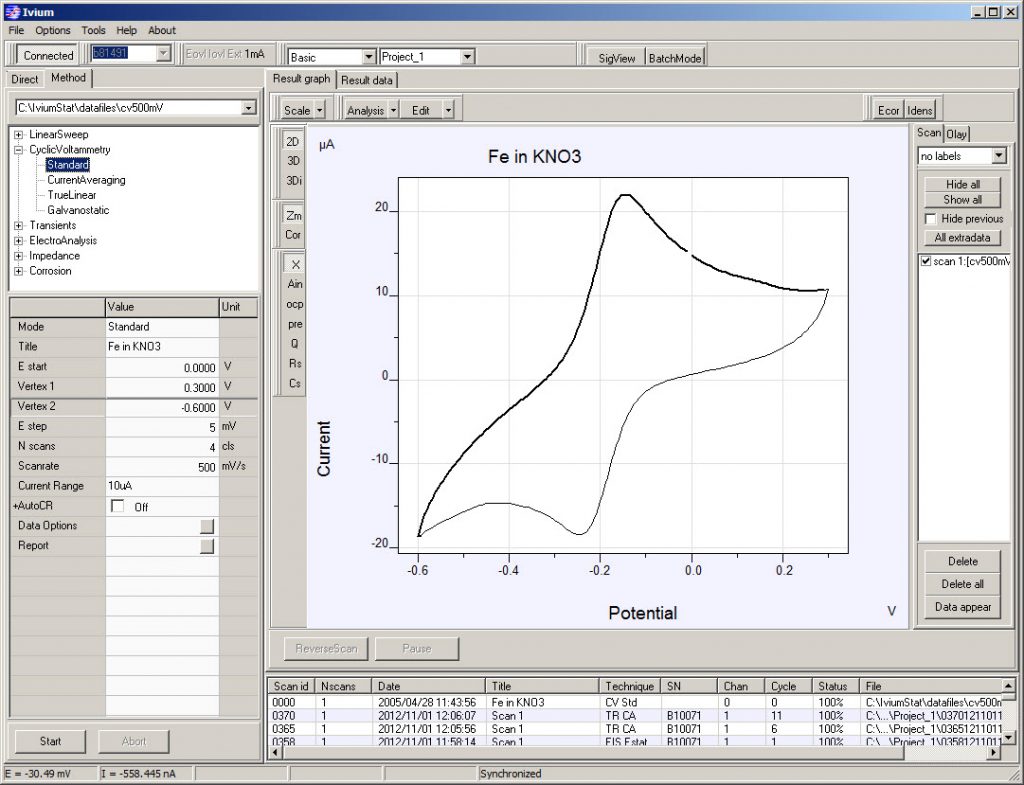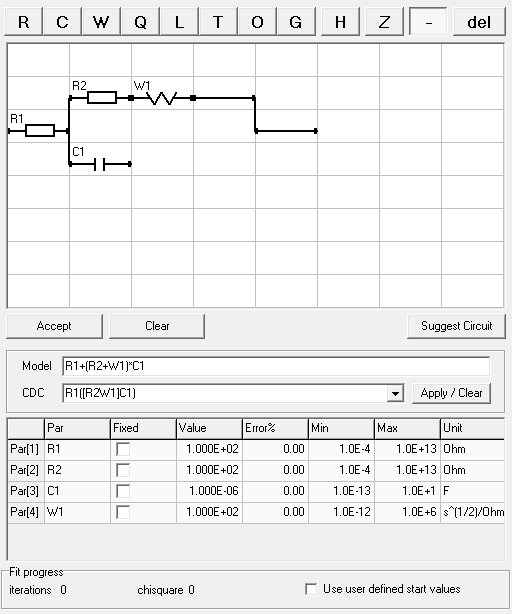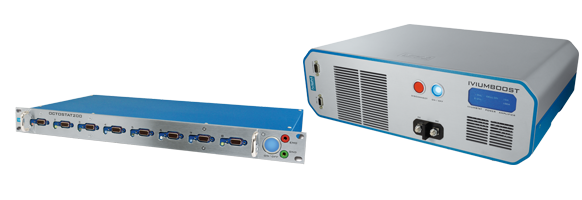IviumSoft
IviumSoft is designed for the electrochemist and features all standard electrochemical and corrosion techniques. These include sweep techniques (LSV, CV), transient techniques (CA, CP), corrosion techniques (Eoc, polarization, Tafel plot, galvanic corrosion), electroanalysis techniques (SWV, DPV, AC voltammetry, AC detection, pulse builder) and impedance (E and I controlled, and potential/current scan). There are more features in this software platform when it is operated in advance mode, allowing the expert complete control of the instrument.

Data analysis tools are plentiful in IviumSoft, and include solar cell report, peak finding, curve fit, corrosion rate, and equivalent circuit evaluation. Some examples are shown below:
Corrosion rate analysis from Tafel plot experiment

- 3 analysis types are provided:
- Slope analysis: Ecorr and Rp are determined from slope at OCP
- Tafel analysis: the Tafel lines are constructed and its slopes evaluated
- Numerical analysis: non-linear fit on complete dataset
- Automatic or manual analysis:
- Automatic analysis: software will select potential range automatically
- Manual analysis: operator can set potential range markers by mouse click
Graphical equivalent circuit editor for fitting impedance data
- Operator can define any equivalent circuit:
- Any element from the top-toolbar can be selected, and be dropped on the circuit grid, by a single mouse click on the desired location
- Or, a CDC equation can be entered either manually or from the predefined circuits in the drop-down list
- Or, loaded from file
- Start values may be entered by the operator or will be calculated automatically
- Fit-parameters may optionally be fixed
- The software will calculate the best fitting set of parameters with the Levenberg-Marquardt technique

Many special functions are available in IviumSoft and some key examples include:
- Automatic current ranging:
When desired, the user can instruct the potentiostat to automatically select the optimal current range setting. For this functionality all current ranges are available, including the hi-sensitivity current ranges.
- Pretreatment:
Up to 5 levels may be defined to condition the electrode before the actual measurement starts. The E/I values during “Pretreatment” are recorded and stored with the primary data.
- Apply wrt OCP:
The measurement potentials are defined relative to “Open Cell Potential”. Before the measurement starts, the OCP is determined in a zero-current configuration.
- Ohmic drop compensation:
The applied potential can be corrected by current feedback to compensate for ohmic losses.
- Pulse generator:
A continuously repeating pulse can be applied to the cell with variable period and duty cycle; intended as a tool to treat the electrode without data being measured
- Current interrupt:
Direct method that allows the user to determine the IR-drop of the electrochemical system via the current interrupt method (can only be used when Current Interrupt Module is available)
- Analog inputs:
The available analog inputs from the peripheral port may be recorded simultaneously with the primary results. The results are visualized graphically, and stored with the primary data
- Signal view:
The current and potential transients are shown in an oscilloscope type screen. Under dc-conditions, the E/I signals can be inspected for the presence of specific noise elements. During ac-techniques, the quality of the perturbing and resulting sine-waves is visualized. For each data point these traces are stored with the primary data and can be (re)viewed after completion of the experiment
